Essential Oils Blends for Skin Care: Make Your Own!
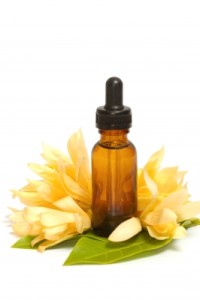
There’s no shortage of variety in today’s skin care market, with a dizzying array of product lines and specialty ingredients. If you’re looking for a customized blend or want to use specific substances, essential oils offer infinite choices with ingredients ranging from the economical to the luxurious.
In general, blends consist of several different essential oils mixed with base oils. With an off-the-shelf product, you have no control over the quality of oils used or the amount. Mixing your own blends allows you to address specific concerns or use special oils that don’t make it into ready-made products – or if they do it’s in minute amounts. For example, you could indulge in an anti-aging blend of rose, frankincense and sandalwood essential oils with avocado oil. Or a wrinkle-fighting blend of rosewood, patchouli and myrrh with apricot kernel oil. You’ll love the options and the results!
These general guidelines will help you get some ideas about high quality, customized skin care products you can easily make yourself:
- Oily skin: Oily skin needs substances to astringe oil and regulate oil production. Those include essential oils of eucalyptus, ginger, neem, rosemary and tea tree. Many of these oils also have anti-bacterial qualities for deep cleansing of the skin. Blend these with such base oils as grapeseed, coconut or jojoba.
- Dry or mature skin: These skin types needs oils to moisten and nourish. Because dry and mature skin lacks optimal blood flow, essential oils like frankincense and myrrh contain powerful anti-aging and circulatory properties. Other oils that nourish these skin types include rose, helichrysum, geranium, sea buckthorn berry, carrot seed and lavender. Excellent base oils for dry and mature skin types include avocado, almond, apricot kernel and rosehip oils.
- Sensitive skin: Sensitive skin needs soothing and anti-inflammatory oils. Important choices for this skin type are lavender, helichrysum, german chamomile, neroli, frankincense, jasmine and sandalwood. You can blend these with coconut, rosehip, olive or almond oils.
- Discolored skin: Age spots take time to treat, but essential oils like frankincense, myrrh and sandalwood help boost circulation to break up the discolored spots. Add some lavender and/or helichrysum to nourish the skin and support local blood volume, which is essential for healthy skin coloration.
With few exceptions, essential oils must be blended with a carrier oil. Some oils, such as cinnamon and thyme, are too strong to apply directly to the skin. And as allergic reactions are unpredictable, dab a small amount of your blend on the neck or wrist before applying to your face. If you make the blend yourself, you can test a small amount of each oil. Other essential oils, such as lavender and tea tree, usually can be used neat, but it’s always better to test first.
Dilutions can vary depending on the age and health condition of the user, but most adults do well with a 2% dilution for skin care blends. That means 2 drops essential oil per 1 teaspoon of carrier oil or 10-12 drops essential oil per one ounce base oil. Happy blending!
Photo by Praisaeng



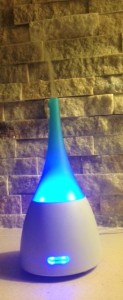
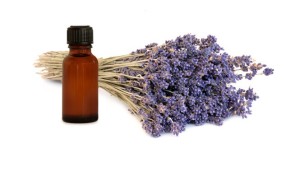
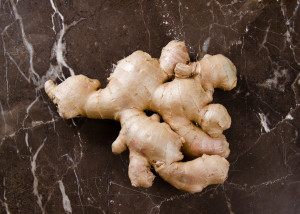

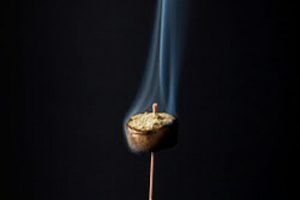
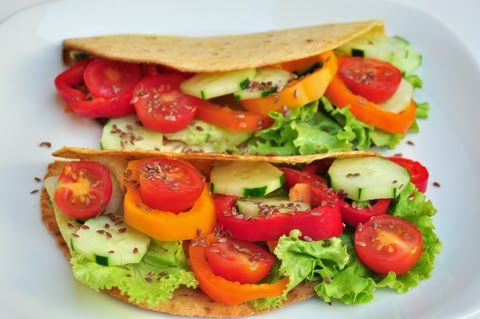 As part of our commitment to your health, the Heritage Acupuncture blog will be featuring healthy recipes. This is designed to give you ideas about eating more veggies, reducing simple carbs and incorporating super foods, antioxidants and therapeutic principals into your diet. Sound complicated?
As part of our commitment to your health, the Heritage Acupuncture blog will be featuring healthy recipes. This is designed to give you ideas about eating more veggies, reducing simple carbs and incorporating super foods, antioxidants and therapeutic principals into your diet. Sound complicated?